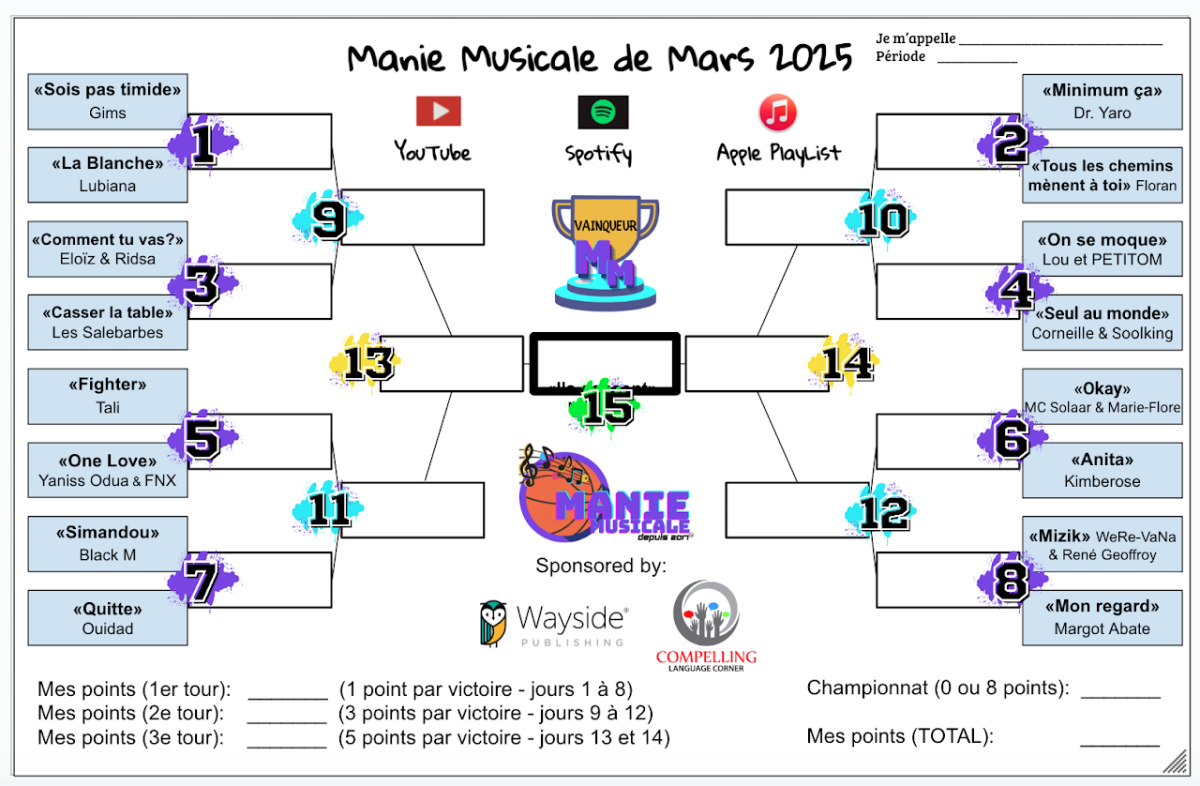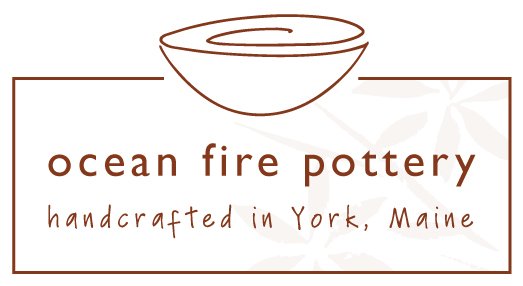Catering to dietary restrictions has been a longstanding component of official York High School guidelines. The official policy terms work to address student allergies through well-conceived procedures, including healthcare plans, classroom conduct, cafeteria accommodations, and sterilization. However, allergy policy has resurfaced among the student community, with conversation of less-than-flexible regulations for food distribution among both the allergic and the allergen-considerate. The context of this development can be interpreted in varied ways.
In the past, York Schools have striven to acknowledge serious allergies. An instance of this is seen in elementary and middle school (K-8) cafeterias, where policy mandates require that at least one “allergen-aware table” be maintained. This occurs under the conditions of a particularly severe food restriction. By the time students advance to higher grade levels, they are expected to independently manage their allergies.
While such a standard of competence is sensible for those of high school age, the cafeteria may leave something to be desired of its allergen-free selection. As a person susceptible to eggs, sophomore Grace Seah wishes that the school created more variety. Grace explains, “I think the school does an okay job [at] providing options.” Yet, she finds that existing alternatives can have limited availability: “Sometimes they run out of grilled cheese or pizza, and then I just don’t get to eat anything, I have to buy a bag of chips, which is not the healthiest.” She advises that a larger assortment of foods aside from the main dish be made students, as well as ensuring that weekly lunch menus are more widely posted, which would allow for preemptive notice of the dishes given each day.
An additional policy term addresses cross-contamination, which is stated to enforce the cleaning and sanitation of “all surfaces that come in contact with food”. While this covers the setting in which students eat, Grace expresses that the meals themselves are often loosely separated. Recalling her experience with breakfast, Grace relates that “sometimes [the cafeteria] serve[s] french toast with eggs, [and] when there is french toast, hash brown, or eggs, I usually can’t eat it because of cross-contamination, so maybe offering an option that is just…a hash brown and something else; I can’t actually eat the hash brown if it touches the egg.” It should be noted that Grace concedes to having a selective palate, though this should not discourage accessible mealtime options from becoming necessary.
Viewed from an alternate angle, some regulation remains in place that eliminates the allergic risk altogether. According to the district code, “classroom celebrations including birthdays and holidays will utilize only non-food items or activities.” Despite this, students typically enjoy sharing food and beverages among themselves. This is especially true during Pride parties, where mini-banquets are often held for various events or simple leisure. Mr. Pietrowsky, a leader whose classroom is renowned by his Pride for Dunkin Donuts Munchkins and other snacks, confirms the rule: “As far as I know teachers are supposed to check with the kitchen staff prior to handing out food during Pride.” He further expresses his disagreement: “I think that the vast majority of high school students know if they have an allergy. So we really should be able to bring in food from home and have ‘parties’ because if a kid is allergic to something, they won’t eat it.” Mr. Pietrowsky acknowledges that food associated with some severe allergies, such as those containing nuts, are unequivocally banned, and justly so.
Overall, these perspectives bring into question the necessity of some allergy policy terms and the adequacy of others. In the future, school board directors may consider the opinions of students and staff to inform their next moves regarding allergy policy.



















